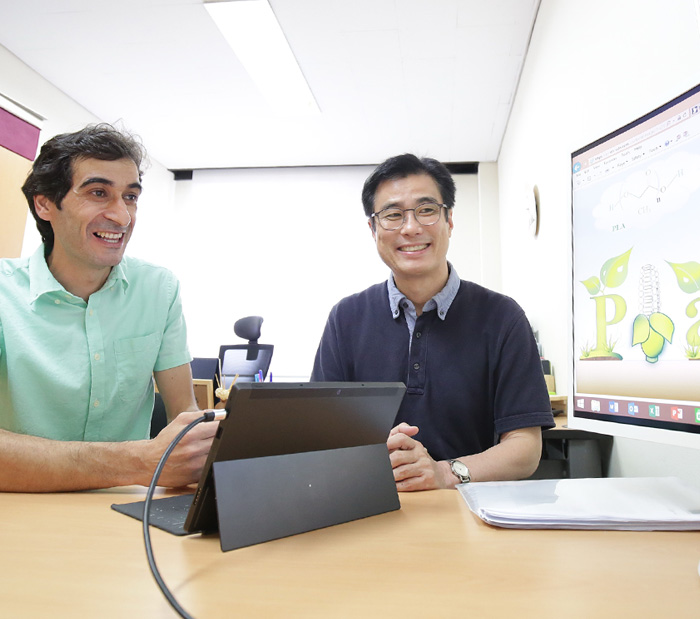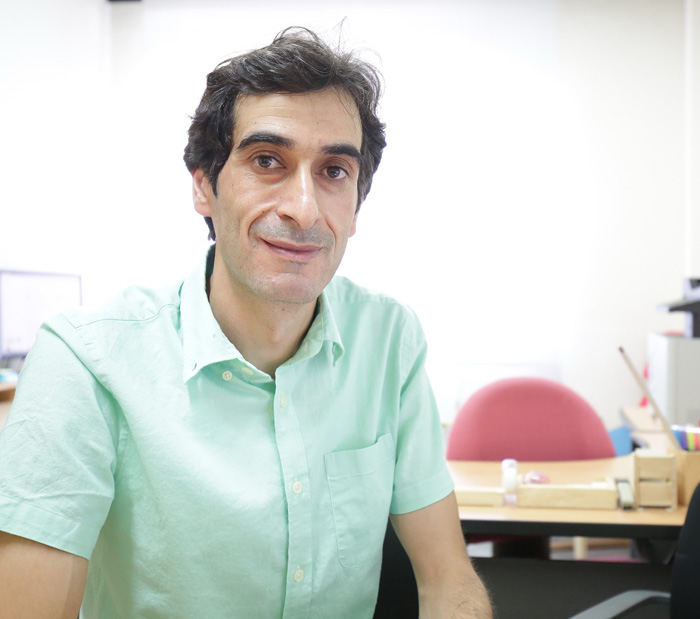Research Stories
Polylactic Acid Blends: The Future of Green, Light and Tough
This review is designed to present a detailed overview of the preparation, characterization and applications of PLA blends and to provide information on the current status and future trends of these blends
Advanced Materials Science and Engineering
Prof.
KOTIBA, HAMAD
Prof. JOO, JINHO
Prof. Kotiba HAMAD from School of Advanced Materials Science and Engineering published a review paper, “Polylactic acid blends: The future of green, light and tough”, in Progress in Polymer Science, a highly prestigious journal (IF: 24.558, Five years IF: 32.833).
Polylactic acid (PLA) is a biobased product and biodegradable aliphatic polyester that has been studied for use in several applications over the last decade. Many properties of PLA, such as strength, stiffness, and gas permeability, have been found to be comparable to those of traditional petrochemical-based polymers. PLA-based materials, on the other hand, exhibit a number of limitations for specific applications, such as slow biodegradation rate, high cost, and low toughness. The frequent need for a modification of PLA by blending with other polymers to achieve suitable properties for its intended consumer and biomedical applications, accordingly, has demanded significant attention in the last decade (Fig. 1). This review is therefore designed to present a detailed overview of the preparation, characterization and applications of PLA blends and to provide information on the current status and future trends of these blends.
Fig. 1. PLA polymer blend studies, as reported in Web of Science between 2007 and 2016.
The review discussed the strategies used in processing and fabrication of PLA blends with biodegradable and non-biodegradable polymers. In addition, several concepts, such as structural, mechanical, rheological and thermal properties, biodegradability, and potentiality of these blends were outlined. The production of hierarchically porous materials using PLA blends for biomedical applications, such as tissue scaffolding was also introduced. The state of knowledge presented in this paper showed that the fabrication, properties and applications of PLA blends with biodegradable and non-biodegradable polymers will keep growing in the future.
“This paper has been designed and presented to be a significant milestone in the future researches on PLA-based materials.”
- Field of specialization: Advanced engineering materials
- Publications: https://scholar.google.co.uk/citations?user=2qMywJ0AAAAJ&hl=en


